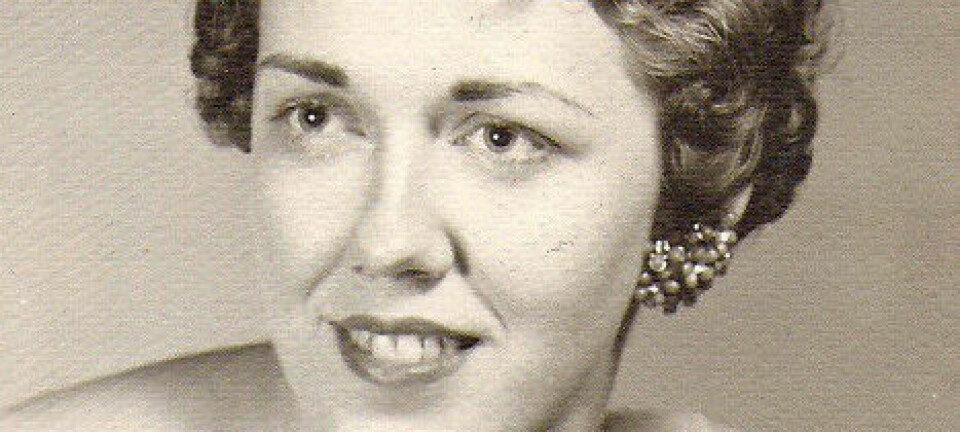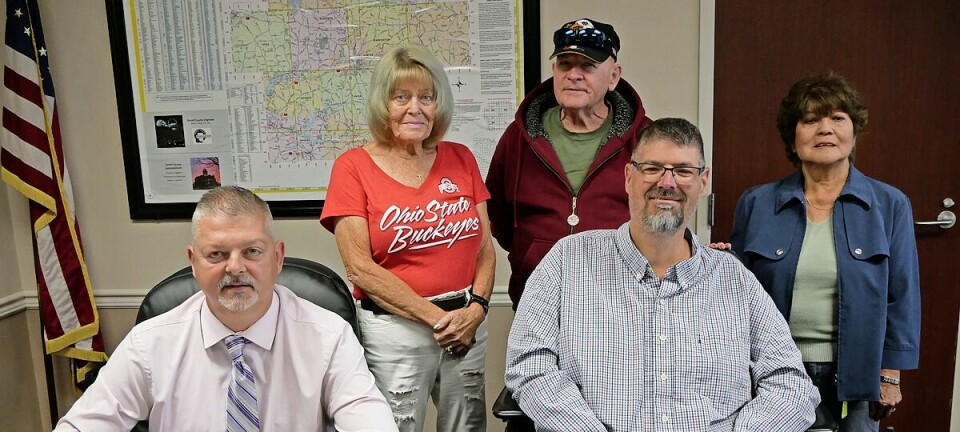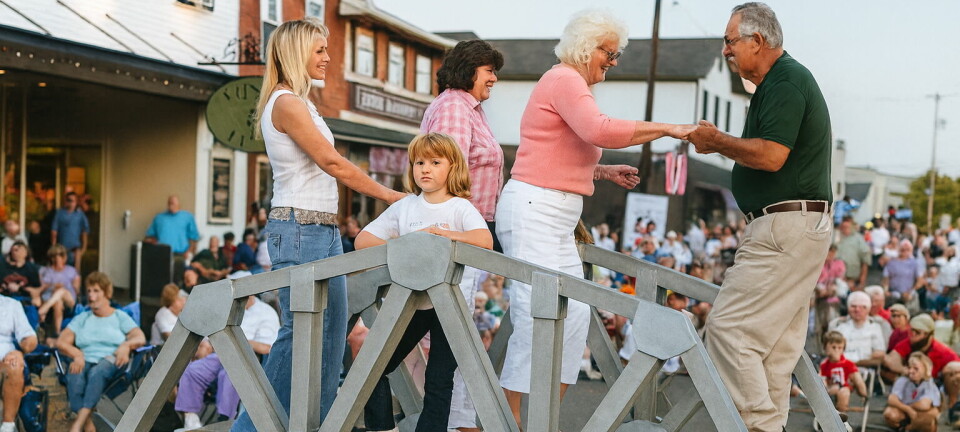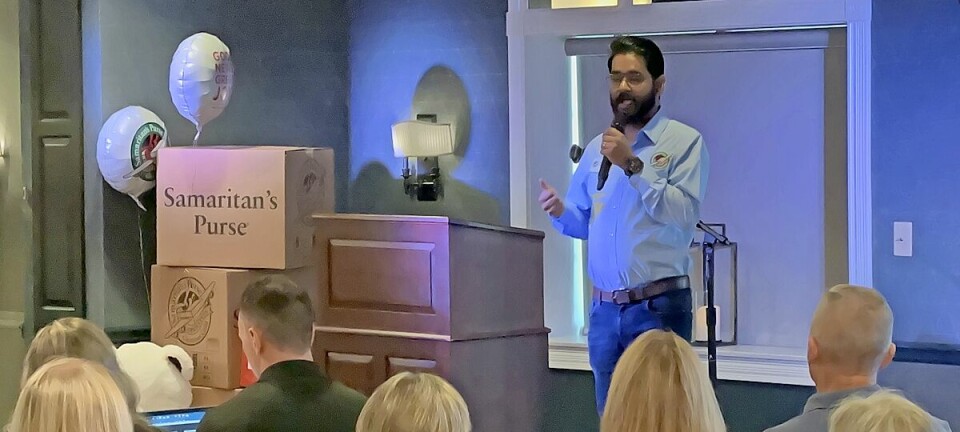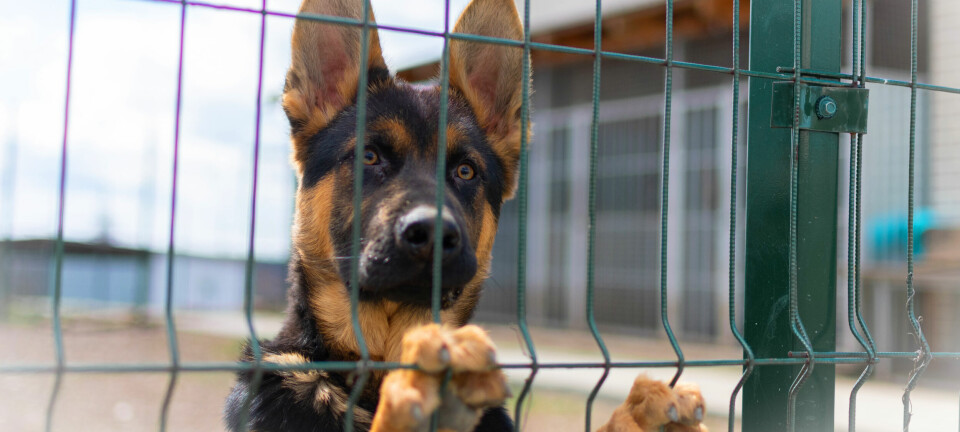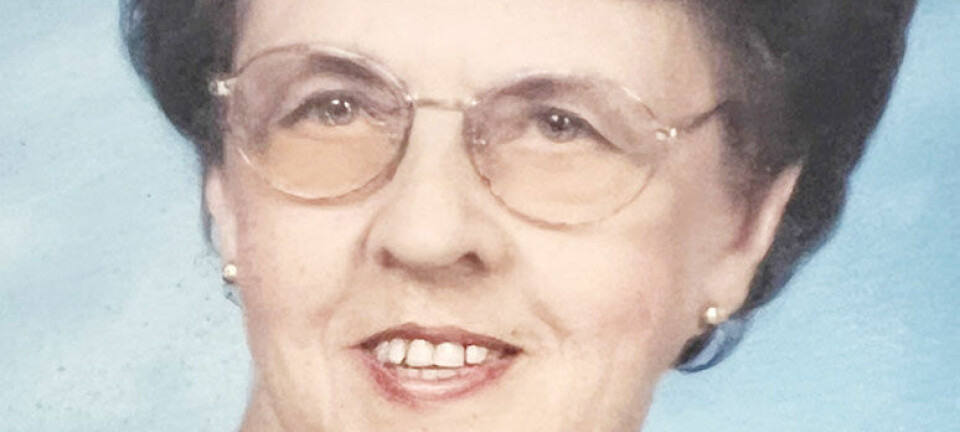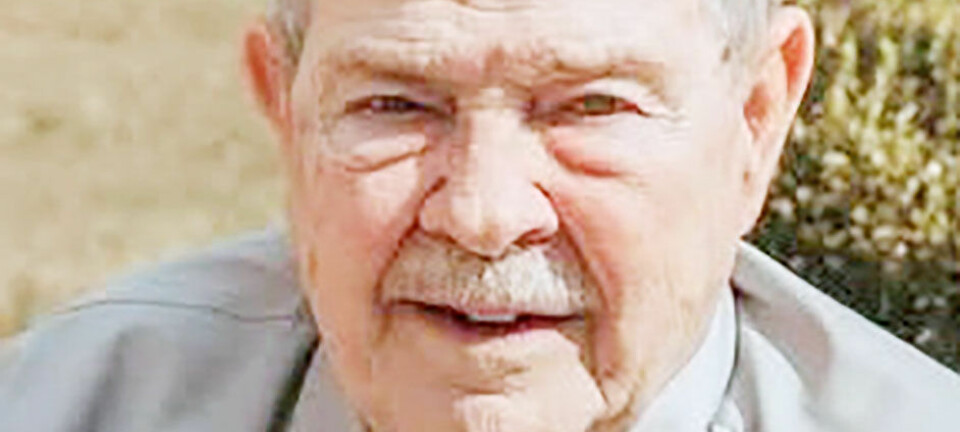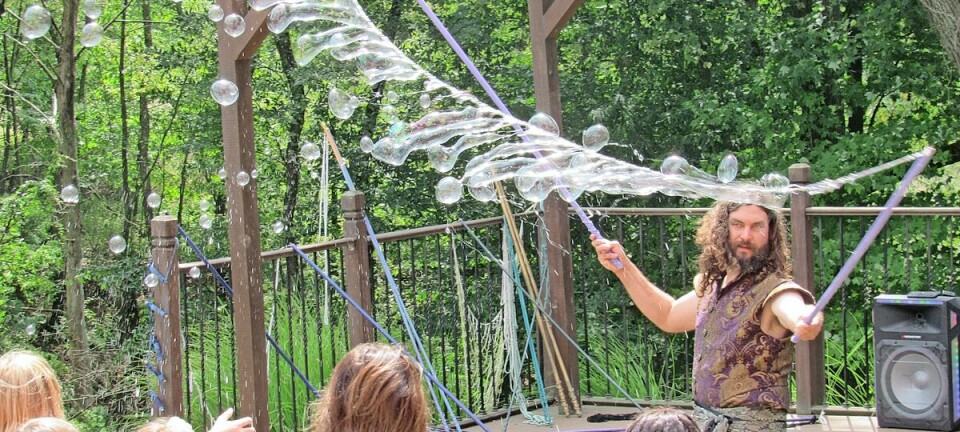Groundbreaking Trap-Neuter-Return in Wooster




Last Sunday morning, Declaration CrossFit Gym in Wooster was transformed into a veterinarian surgical center. Tractor tires and rowing machines were replaced with five operating tables and sterile surgical tools. Community volunteers and employees from the Wayne County Humane Society delivered 20 feral patients to the awaiting medical professionals. Three local veterinarians dedicated their staff, time and materials in what would be a very successful day of neutering/spaying and vaccinating.
What is Trap-Neuter-Return? According to Toby Franks who guided and educated volunteers and was “boots on the ground” during this 72-hour TNR mission, it's a humane and effective way to control the community cat population. “Feral and stray cats are considered community cats,” Franks said. “They live in colonies outside and are dependent on food sources created by humans. There are as many, if not more cats living outside as there are inside. Once we identify a colony, humane traps are set and the cats are delivered to veterinarians who spay/neuter and vaccinate the animals. After recovery, they are released back to the same location where they were trapped.”
The goal of TNR is not to eradicate feral cats; instead, the goal is to control their population in a humane way. According to Franks, recent studies have proven that trapping to kill or relocate only creates a “vacuum effect” where other colonies move in to take advantage of the now available territory. “Feral cats have been living outside for thousands of years, said Franks. “They make for great neighbors, and are very efficient at rodent control — a job they have had since our early sea-fairing days.”
Franks has overseen approximately 800 TNRs in the last 20 years. His passion and conviction is evident as he travels across Ohio conducting seminars and educating those who believe, that when given an option, the humane way is the only way. “We are transitioning from lethal to nonlethal methods,” said Franks. “I hope other counties will see the benefits of TNR. It's cost effective, and it's the best way to manage community cats.”
In preparation for the groundbreaking TNR weekend in Wooster, Franks conducted a seminar at the Wayne County Public Library on April 16 to a packed room of community residents. Hosted by WCHS, director Alice Stanford was pleased with the turnout. “Toby provided in-depth training on how to set up the traps in preparation for this event,” she said. “We had located three different colonies in the city limits of Wooster and put out a plea through social media for volunteers to assist us.”
On Saturday, April 30, phase one of the TNR was executed. Three teams of volunteers guided by Franks and the WCHS staff loaded 45 bedded and baited traps into three vehicles with the goal of a feral cat for every cage by nightfall.
Wooster residents Tim and Tammy Howard live on a 136-acre property that had become home to over 25 feral cats. Four years ago, they realized the situation was getting out of control. “We have been trying to get help with these cats for years,” Tammy Howard said. “Every phone call was the same story. We were told we would have to trap the cats, bring them in, pay for the services and pick them up. At an average of $75 a cat, that was not financially possible for us. We didn't even know how to trap feral cats.”
The Howards reached out to Stanford two weeks ago asking for help with numerous litters of kittens. Stanford not only helped them with their kittens but offered them an opportunity they couldn't refuse — to participate in the first Wooster TNR. “She told us that her team would attempt to humanly trap every cat on the property,” Tim Howard said. “They would be spayed/neutered and vaccinated, and then returned to our property where they could live out their lives.”
It was important to the Howards that these cats were not destroyed. They appreciate the cats and their contribution in keeping the rodent population under control. “We know all of the cats,” he said. “We're kind of attached. This is a terrific program and we are so grateful to the WCHS for offering us and these cats a chance.”
Twenty cats and 24 kittens were humanely trapped and kept overnight at the WCHS. The following day, three veterinarian teams — Cleveland Road Animal Hospital, Ark Veterinary Hospital and Advanced Animal Care — efficiently attended to each cat. Charlene Clarke from Cleveland Road Animal Hospital was impressed with the condition of the feral cats. “TNR is important in keeping the population under control,” she said. “It's also a great opportunity to prevent further disease from spreading.”
Stuart Mykrantz, emeritus executive director of WCHS, believes TNR offers life-saving alternatives. “These community cats create a community issue which requires a community solution,” he said. “No one person and no one organization can solve it. We've got to do this as a community. We've got the support of the city council, the mayor, local veterinarians, the Humane Society and the community. They are all behind us in this humane effort to control feral cats.”
On May 2, the vetted cats were returned to their homes. The 24 kittens are currently in foster homes thanks to the efforts of Save Ohio Strays, Kitten Krazy and WCHS. According to Mykrantz, the impact of this event was significant. “This one event just reduced the population growth by 56-84 kittens this summer,” he said. “Add this to the 24 kittens we removed that will not have kittens and you can see how the population management of this Cleveland Road community cat colony will make a significant difference in that neighborhood.”


